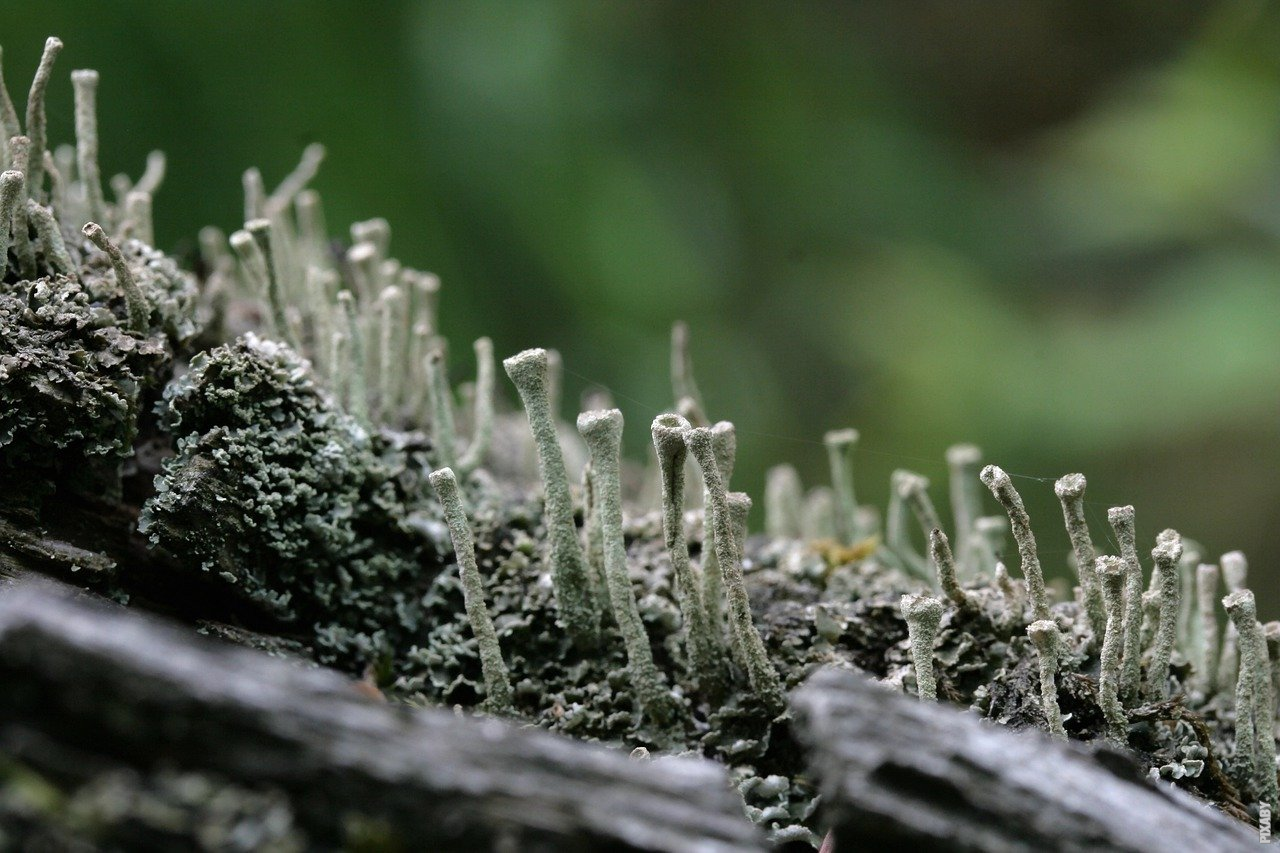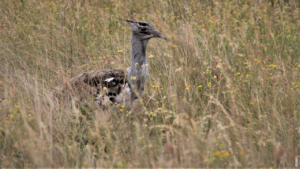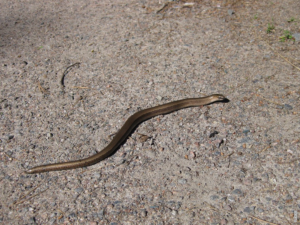The Enigmatic World of Moss
When it comes to the wonders of the natural world, one can’t help but be captivated by the enchanting beauty and mystique of moss. This unassuming plant, often overlooked by many, holds within it a fascinating story waiting to be unveiled.
From ancient forests to urban landscapes, moss has managed to thrive in a variety of habitats, displaying an extraordinary adaptability that sets it apart from other plants. In this article, we will delve into the intriguing world of moss, exploring its unique characteristics, ecological significance, and the secrets it holds.
Unveiling the Secrets of Moss
At first glance, moss may seem like just a simple green carpet covering rocks and trees. However, beneath its delicate appearance lies a complex and intricate organism. Moss is a type of small, non-vascular plant that belongs to the division Bryophyta. Unlike most plants, mosses lack true roots, stems, and leaves, but instead possess simple structures called rhizoids, which help anchor them to their substrate.
Despite their small size, mosses play a vital role in the ecosystem. They act as ecological engineers, creating microhabitats that support a diverse range of organisms. Mosses absorb and retain water, preventing soil erosion and providing moisture to other plants and animals in their surroundings. Additionally, they contribute to nutrient cycling and carbon sequestration, making them essential components of the global ecosystem.
The Diversity of Moss
Mosses come in a stunning array of shapes, sizes, and colors. There are over 12,000 known species of moss, each with its own unique characteristics. Some mosses form lush carpets that create a velvety texture on rocks and forest floors, while others take the form of delicate, intricate structures that resemble miniature trees or ferns.
One of the most remarkable features of moss is its ability to survive in extreme environments. Certain species of moss can be found in the freezing Arctic tundra, hot desert regions, and even in the depths of rainforests. This adaptability is due to their ability to enter dormancy during harsh conditions and revive when favorable conditions return.
The Ancient Legacy of Moss
Mosses have a rich evolutionary history that dates back millions of years. Fossil evidence suggests that mosses were among the first plants to colonize land, paving the way for the development of other terrestrial organisms. Today, they provide valuable insights into the early stages of plant evolution and the colonization of Earth’s diverse habitats.
Furthermore, mosses have been used by humans for centuries. In traditional medicine, certain species of moss are known for their antibacterial and anti-inflammatory properties. They have also been utilized in gardening, art, and even as indicators of air pollution.
Preserving the Marvels of Moss
Despite their significance, mosses face numerous threats, including habitat destruction, pollution, and climate change. Conservation efforts are crucial to protect these delicate organisms and the ecosystems they support.
As we continue to unravel the mysteries of the natural world, let us not overlook the humble moss, for within its unassuming presence lies a captivating story of resilience, adaptability, and beauty. From ancient forests to our own backyards, let us cherish and protect the enigmatic world of moss.
Post



